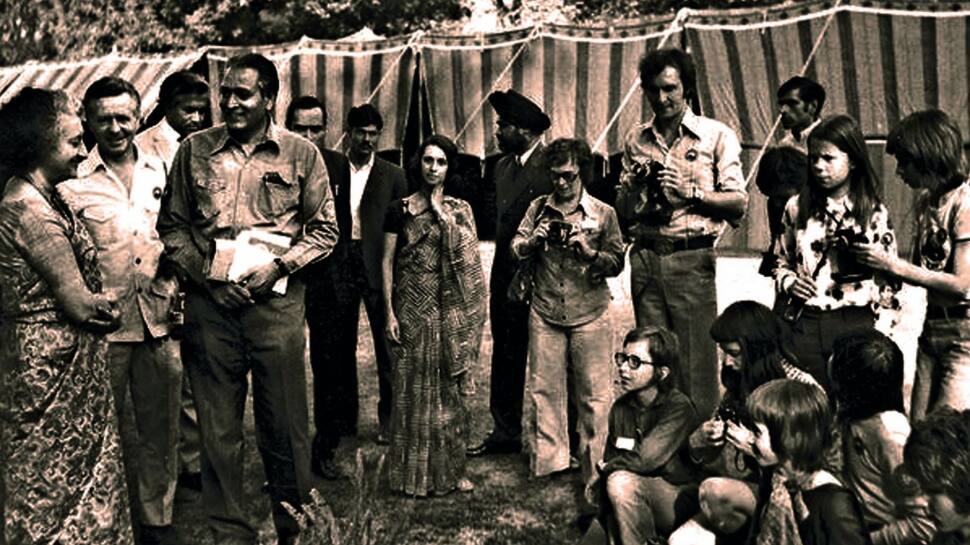In Pics: Indira Gandhi’s Lesser-Known Legacy, Championing Wildlife Conservation
Congress on Tuesday commemorated the 107th birth anniversary of India’s first woman Prime Minister, Indira Gandhi. Gandhi, India’s second Prime Minister, is remembered for her complex legacy, marked by controversies such as the 1975 Emergency and Operation Blue Star in 1983. However, her contributions to India's wildlife conservation stand as a lesser-known but highly significant aspect of her leadership. Gandhi’s role in revolutionizing wildlifeconservation in India is an enduring testament to her vision. From Project Tiger to the Wildlife Protection Act, her efforts continue to shape India’s environmental policies and ensure the survival of its rich biodiversity.
)
Wildlife Protection Act, 1972

One of Gandhi’s landmark contributions was the enactment of the Wildlife Protection Act in 1972. This legislation outlawed hunting and trade of native species and categorized animals into six schedules based on rarity, prescribing varying degrees of protection. It also paved the way for key conservation institutions such as the National Tiger Conservation Authority, National Board of Wildlife, and Central Zoo Authority.

When the Act was passed, India had only five designated national parks. Today, the country boasts over 100 national parks, which have become sanctuaries for endangered species like the Gir Lion, Asiatic Elephant, and Indian Rhino. While the Act has undergone seven amendments and continues to evolve, it remains a cornerstone of India's environmental policies.
Project Tiger

Indira Gandhi’s dedication to conservation became particularly evident with the launch of Project Tiger on April 1, 1973, at Jim Corbett National Park. At the time, the Bengal tiger population had plummeted from an estimated 50,000 at the beginning of the 20th century to just around 1,200 by 1972.

The project aimed to ensure the tiger's survival by protecting its habitats and reviving degraded ecosystems. These efforts yielded unprecedented success, with the tiger population witnessing a remarkable recovery over the decades. The program not only secured the future of the Bengal tiger but also set the foundation for India’s approach to conservation.
Indian Crocodile Conservation Project

In 1975, Gandhi’s government launched the Indian Crocodile Conservation Project, focusing on habitat improvement, captive breeding, and community involvement. The project has been a resounding success, with saltwater crocodile numbers increasing from under 100 in 1976 to over 1,600 in 2012. Similarly, the marsh crocodile population nearly tripled after 1989. The critically endangered Indian Gharial has also shown signs of recovery, with its population doubling between 2012 and 2019.
Battling the Colonial Hangover

Gandhi’s wildlife conservation efforts also included ending the tradition of recreational hunting by erstwhile Indian monarchs and British colonials. She fiercely opposed the practice, recognizing its devastating impact on India’s biodiversity.

Indira Gandhi’s commitment to preserving India’s natural heritage helped lay the groundwork for the country’s conservation efforts. Her policies, including the Water Pollution Act (1974), Forest Conservation Act (1980), and Air Protection Act (1981), showcased her understanding of the interconnectedness of ecosystems.
Trending Photos








